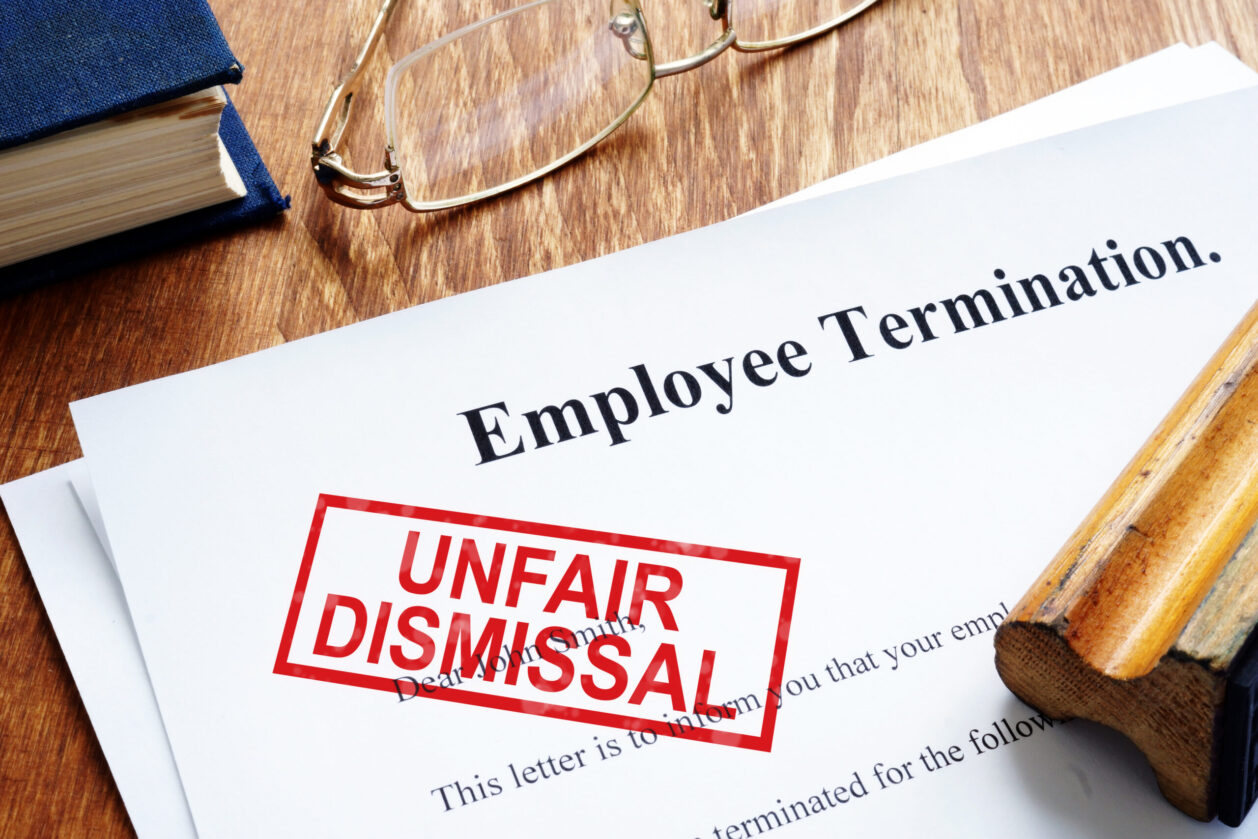Working from home is not new, but the COVID-19 pandemic forced many businesses to experiment with the concept. Here's how to make it work.

Whilst stay-at-home requirements have now eased in many circumstances, the level of working from home has remained significantly higher than what it was prior to the pandemic.
Why work from home?
The key benefit of working from home on an ongoing basis is that it provides employees with increased flexibility, which in turn may increase the productivity and retention of employees.
However, whilst some employees enjoy the increased flexibility, other employees miss the face-to-face conversations and vibrancy of the office, so it is important to strike a balance between the two.
Here are some things to consider:
- Managing the employee. When considering entering a working from home arrangement with an employee, it’s important to consider how you will manage the employee when they are working from home, as well as workplace health and safety obligations. As a result, it’s recommended that you have a working from home policy in place.
This policy should outline who is eligible to work from home, how an employee can make a request to work from home, how often the employee can work from home, and how the arrangement can be terminated.
The policy should also outline the employee’s obligations and responsibilities while working from home and may also include provision for a trial period, to assist with determining whether the working from home arrangement will be suitable to meet the needs of your business and the employee.
- Set clear performance standards. When entering into a working from home arrangement, set performance stands, communication guidelines and the hours an employee needs to be available to colleagues, management and clients.
It is important to have regular one-on-one online or phone meetings with employees working from home to set expectations, track progress and assist with any issues the employee may have. The employee should also be included in team meetings. Employees who work permanently from home may also benefit from having semi-regular face-to-face meetings (e.g. once a month).
- Health and safety. As well as managing the employee, employers have a legal responsibility to protect the health, safety, and welfare of employees when they are working from home.
Steps must be taken to ensure that the work area, equipment and access ways in the home provide a safe working environment.
The most difficult aspect of managing employee health and safety requirements when working from home is the lack of control that the employer can exercise over the employee’s private residence.
It is therefore important to equip employees who will work from home with the skills and knowledge to make good decisions about their health and safety.
For more information on how to manage working from home arrangements, contact the CCIWA Employee Relations Advice Centre on (08) 9365 7660 or [email protected].






